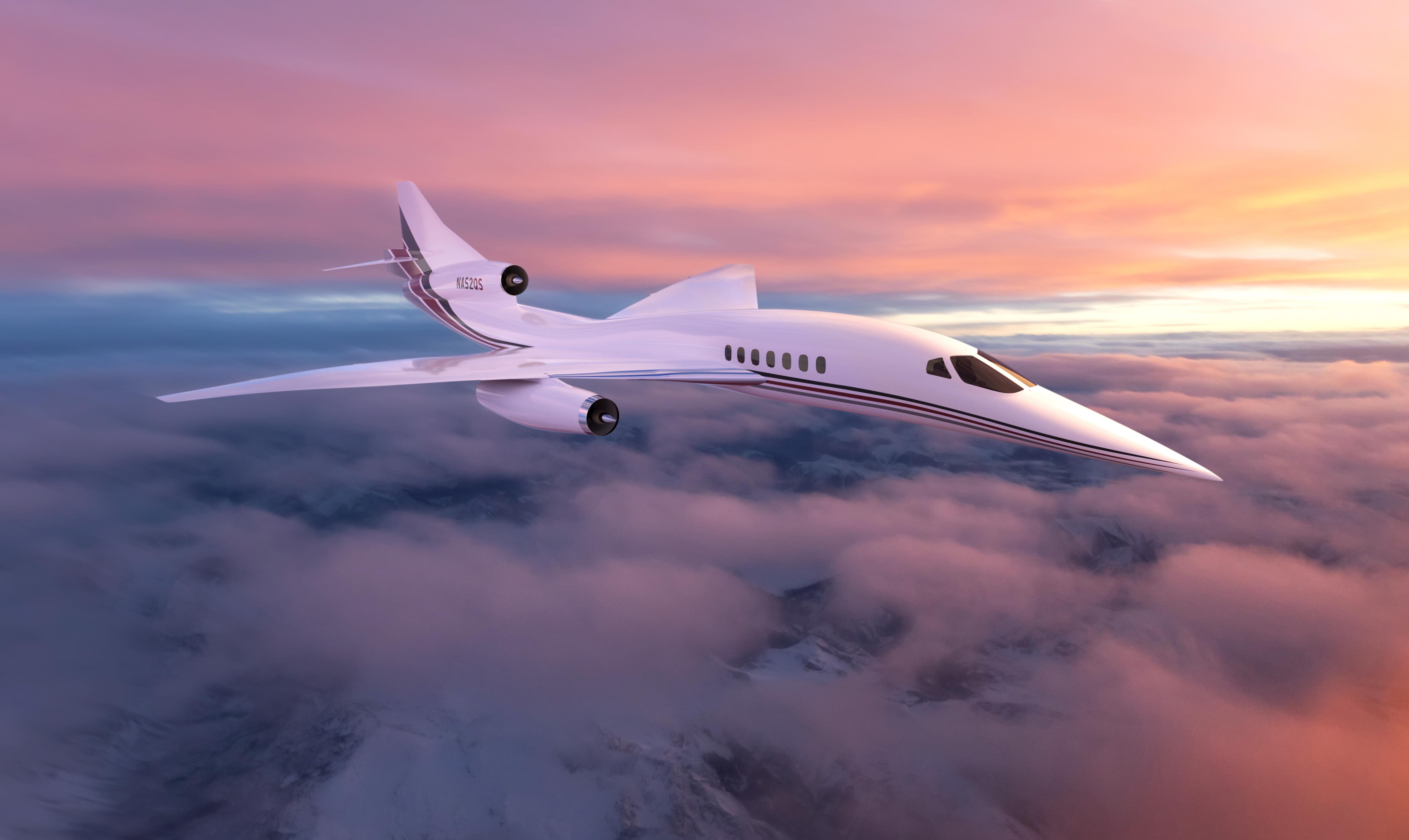
Supersonic aircraft developer Aerion Corp. on May 21 confirmed that it is ceasing operations of its AS2 business jet program after years of development, citing difficulty in raising the capital needed to complete production. Employees were told of the development the same day. The $120 million...
Subscription Required
This content requires a subscription to one of the Aviation Week Intelligence Network (AWIN) bundles.
Schedule a demo today to find out how you can access this content and similar content related to your area of the global aviation industry.
Already an AWIN subscriber? Login
Did you know? Aviation Week has won top honors multiple times in the Jesse H. Neal National Business Journalism Awards, the business-to-business media equivalent of the Pulitzer Prizes.

